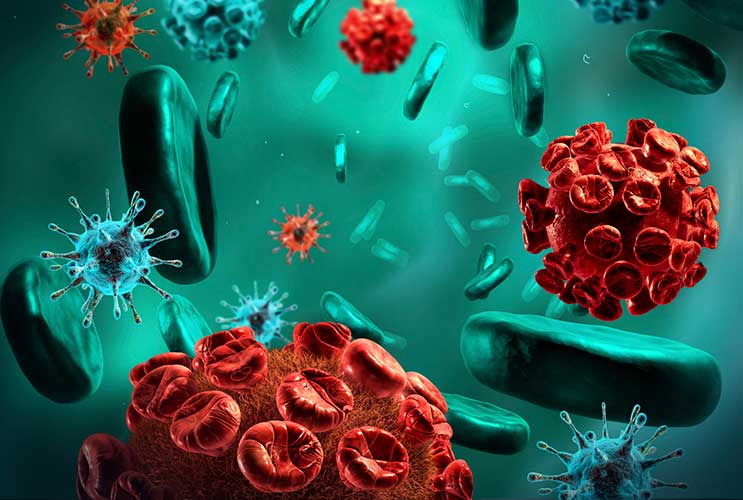
World Health Day—celebrated every year on April 7—marks the anniversary of the World Health Organization (WHO), founded in 1948. This day is dedicated every year to a different theme representing a worldwide health concern. In 2013 the theme for World Health Day is hypertension, one of the most common diseases around the globe. WHO objectives on this day include raising awareness, recommending prevention strategies and improving detection of hypertension.
A SILENT CONDITION
Imagine something were gradually eroding your health, day in day out; attacking one by one different organs in your body—your eyes, to the point of causing blindness; your kidneys leading to acute renal failure; your brain triggering a massive stroke; your heart resulting in congestive heart failure and coronary heart disease. But all this time, over a period of years, you remained blissfully ignorant that a lurking aggressor was slowly undermining your health.
Intimidated? You should be, because this silent killer presents no symptoms in most cases, so you might end up in a life-threatening crisis before you ever had a chance to prevent it. As many as one out of every five adults affected in the U.S. don’t know they have this disease, according to the Centers for Disease Control and Prevention (CDC). This is hypertension, also known as high blood pressure. If you thought it was just another pesky ailment the elderly have to bear, think again.
WHAT THE NUMBERS MEAN
Blood pressure is the force of blood moving through the arteries as the heart pumps blood. Blood pressure readings have two numbers: systolic pressure measures the force when the heart contracts; diastolic measures the force in the arteries when the heart is relaxed. One or both these numbers may be too high.
- Normal blood pressure is lower than 120/80 (120 over 80) most of the time.
- Prehypertension is blood pressure between 120/80 and 140/90.
- Hypertension is blood pressure at 140/90 or higher most of the time.
Hypertension is more common in adults over 50, because as we age our blood vessels become stiffer resulting in increased pressure. In some instances medication or other medical conditions may cause what is known as secondary hypertension. Additional risk factors listed by the American Society of Hypertension include:
- Being overweight or obese.
- Smoking.
- Having diabetes.
- Having kidney disease.
- Being Hispanic or African American.
- Drinking more than one ounce of alcohol per day for men and more than half an ounce of alcohol per day for women.
- Having a family history of high blood pressure.
Read Related: Spring Health Tune Up: A Chance to Bloom
According to the CDC, one in three adults have hypertension in the US and another 30% of Americans have prehypertension. Approximately three out of four people who have a heart attack or a stroke for the first time, and those with chronic heart failure, suffer from hypertension. Men under 45 years of age are more likely than women to develop high blood pressure; but the trend reverses as we age, so women over 65 suffer higher rates of hypertension than their male counterparts, says CDC. And only 50% of those with hypertension have this condition under control.
WORLD HEALTH DAY RECOMMENDATIONS
So, while it is a deadly disease, the good news is that hypertension is both preventable and treatable, as WHO reminds us this year on World Health Day. It all starts by getting your blood pressure checked, something adults over 18 should do regularly, as the National Institutes of Health recommends on MedlinePlus. A simple step that has helped most patients discover they had hypertension when their blood pressure was measured as part of a routine physical exam.
Aside from monitoring your blood pressure to detect any changes, the international health organization gives us options to reduce the risk of developing high blood pressure:
- Reducing salt intake.
- Eating a balanced diet.
- Avoiding excessive use of alcohol.
- Engaging in regular physical activity.
- Maintaining a healthy body weight.
- Avoiding tobacco use.
WHO is the authority on health matters within the United Nations (UN). Creating a global health organization was an early objective of the diplomats who came together to create the UN in 1945. Over the last 65 years, WHO has launched public health campaigns including childhood immunization, mother and child care, tobacco control and AIDS awareness. Previously, World Health Day has focused on Healthy Cities, Active Aging, Mental Health and Road Safety, among other global health issues.











